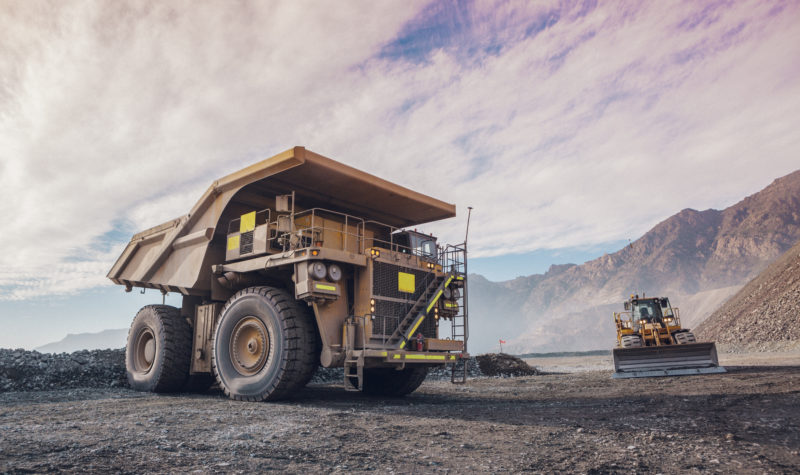Why Antofagasta and Rio Tinto shares have recovery potential

The share prices of FTSE 100 miners Antofagasta (LON: ANTO) and Rio Tinto (LON: RIO) have fallen by 10% and 20%, respectively, over the past four months. They have been negatively impacted by a slump in metal prices that has been prompted by fears of slowing demand from China.
While further short-term declines for both stocks cannot be ruled out, their long-term prospects, financial positions and valuations suggest they could represent buying opportunities at the present time.
Antofagasta
Antofagasta’s recent share price fall has been caused by a 13% decline in the copper price since it reached an all-time high in May. Investors have become increasingly concerned about the financial difficulties encountered by Chinese property developer Evergrande because the country’s construction sector accounts for around a fifth of global demand for copper.
However, the long-term prospects for copper appear to be relatively upbeat. Demand for the metal is likely to rise due to its use in the fast-growing renewable energy infrastructure and electric vehicle markets. Indeed, the amount of copper used in renewable assets is as much as 12 times that used in fossil fuel energy assets. Electric vehicles require around four times as much copper compared to petrol or diesel vehicles.
In addition, long-term trends such as urbanisation could mean demand for copper remains buoyant within the global construction sector. Conversely, a lack of significant exploration opportunities in recent decades means growth in the metal’s supply may fail to keep up with rising demand.
Antofagasta is well-placed to capitalise on rising demand for copper. Its modest debt levels and plans to become more efficient may aid its financial performance. Its forward price-earnings ratio of 13.5 suggests that it offers a margin of safety should recent uncertainty persist.
Rio Tinto
Iron ore miner Rio Tinto’s share price has also been negatively impacted by China’s uncertain economic outlook. The world’s second-largest economy accounts for 75% of global iron ore demand. As such, recent challenges in its construction industry have prompted a 60% fall in the price of iron ore since it reached a record high in May.
However, demand for iron ore could be supported by the global economy’s post-Covid recovery. Indeed, the IMF currently forecasts global GDP growth of 6% this year and 4.4% next year. Demand for the metal may also be boosted by its use in renewable energy infrastructure that is likely to become increasingly prominent as a variety of countries seek to meet carbon-neutral pledges.
Meanwhile, iron ore supply could continue to be constrained over the near term. Infrastructure challenges in Australia and one-off events such as Vale’s dam disaster in 2019 mean that supply growth could lag demand growth over coming years.
Rio Tinto’s balance sheet suggests it has the financial means to overcome short-term challenges. For example, it has a net cash position of £2.3bn and generated £7.4bn in free cash flow in the first half of the current year. Trading on a price-earnings ratio of 11, it appears to offer good value for money on a long-term basis.
Comments (0)